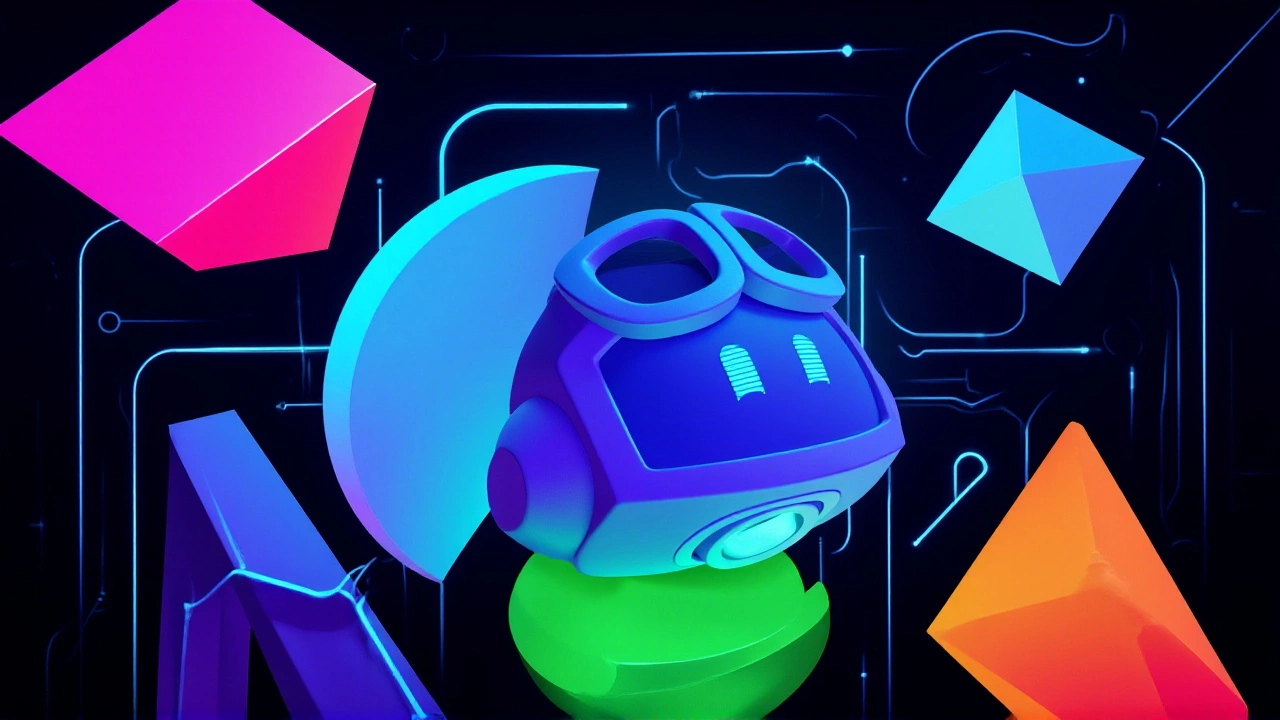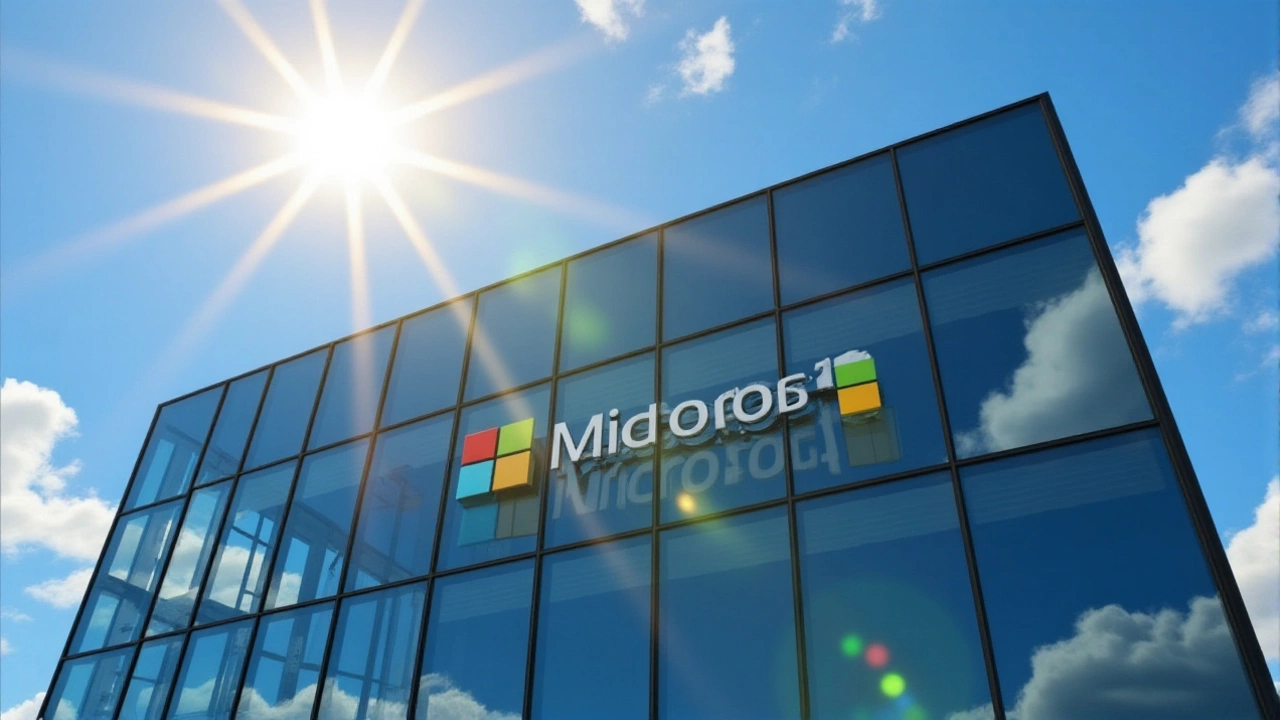On November 3, 2025, Microsoft and OpenAI unveiled a seismic restructuring of their partnership—one that redefines the future of artificial intelligence, cloud dominance, and the path to Artificial General Intelligence. The deal, valued at $135 billion for Microsoft’s 27% stake in the newly formed OpenAI Group, transforms OpenAI’s for-profit arm into a public benefit corporation with a $500 billion valuation. This isn’t just a financial reshuffle. It’s a legal, ethical, and strategic pivot designed to navigate the uncharted waters of AGI—before anyone even knows if it’s real.
The New Rules of the AI Game
Here’s the twist: Microsoft no longer has the right of first refusal to be OpenAI’s sole compute provider. That’s huge. For years, Microsoft’s Azure cloud was the only home for OpenAI’s most powerful models. Now, OpenAI can partner with other cloud providers for non-API products—like consumer apps or enterprise tools—while keeping all API access locked to Azure. Think of it like a restaurant chain that can open standalone cafes elsewhere, but still serves its signature dishes only in its own dining rooms.
And then there’s the $250 billion commitment. Over the next decade, OpenAI will spend that much on Azure services. That’s more than the annual revenue of most Fortune 500 companies. It’s not just a contract—it’s a bet. A bet that scaling AGI will require more compute than any single entity has ever consumed.
AGI Gets a Watchdog
One of the most striking changes? An independent expert panel will now verify when OpenAI declares AGI. No more internal announcements. No more press releases from Sam Altman alone. If OpenAI says it’s reached AGI, three neutral experts—likely drawn from academia, ethics boards, or national labs—must confirm it. This isn’t just PR. It’s damage control. After years of hype cycles and inflated claims in AI, the world needs a checkpoint.
And here’s the kicker: Microsoft can now build its own AGI, alone or with others. But if it tries to use OpenAI’s IP before AGI is verified, it must meet compute thresholds bigger than any model today. That’s a leash. A very expensive leash. It means Microsoft can’t just copy OpenAI’s breakthroughs—it has to outspend them to compete.

Who Benefits? Who’s Left Out?
OpenAI can now release open-weight models—meaning researchers and startups can download, tweak, and run them locally—if they meet certain capability thresholds. That’s a win for the open-source community. It’s also a quiet acknowledgment: the genie’s out of the bottle. Trying to lock everything down was never realistic.
Meanwhile, U.S. national security agencies can now buy OpenAI’s API tools regardless of which cloud they use. That’s a direct response to Pentagon frustration. For years, defense contractors were forced into Azure to access OpenAI’s tech. Now, they can use AWS or Google Cloud—and still get the models. That’s a strategic opening, and it could reshape how government AI procurement works.
But not everything is up for grabs. Microsoft’s rights to OpenAI’s confidential research methods expire in 2030—or when AGI arrives, whichever comes first. And consumer hardware? Excluded. That means OpenAI can still build its own AI-powered devices—think smart glasses, voice assistants, or even robots—without Microsoft owning the IP. A rare carve-out in an otherwise tightly wound deal.
Why This Matters Beyond Tech Boards
This deal didn’t happen in a vacuum. In 2019, Microsoft invested $1 billion in OpenAI. Back then, it was a bet on a startup with big ideas. Now, it’s a bet on civilization-scale technology. The $135 billion valuation isn’t just about revenue—it’s about control over the next industrial revolution.
For enterprise CIOs, this means two things: Azure is becoming the default backbone for enterprise AI, and innovation will accelerate—but under stricter guardrails. Pricing for API access? Likely to rise. New models? Coming faster. But ethical boundaries? Now enforced by outsiders, not just corporate policy.
And for investors? The dilution from 32.5% to 27% might seem like a loss—but it’s a sign of confidence. OpenAI raised money from new backers, proving the market believes in its mission. Microsoft didn’t lose ground. It bought stability.

What’s Next? The AGI Countdown Begins
The revenue-sharing agreement stays in place until AGI is verified. Payments will stretch out longer, smoothing cash flow for both sides. But the real clock is ticking toward that independent verification.
Industry analysts, like Ki Ecke, see this as the most balanced AI deal ever struck: preserve the core, plan for the unknown, and give both companies breathing room. Microsoft gets exclusivity until AGI, OpenAI gets independence, and the public gets a verification layer that’s never existed before.
By 2030, we’ll know whether this structure held. Will AGI arrive? Will the expert panel be trusted? Will Azure still dominate? Or will a new player emerge from the open-weight models?
One thing’s certain: the AI race isn’t over. It’s just entered its most consequential phase.
Frequently Asked Questions
How does this affect cloud providers like AWS and Google Cloud?
While OpenAI’s APIs remain exclusive to Azure, non-API products—like consumer apps or research tools—can now run on AWS or Google Cloud. This opens a backdoor for competitors to host OpenAI-derived AI, but not its most powerful models. For AWS and Google, it’s a partial win: they can attract customers building on OpenAI’s open-weight models, but won’t compete directly on frontier AI APIs.
Why did Microsoft agree to remove its right of first refusal?
Microsoft sacrificed exclusivity to gain flexibility. By letting OpenAI partner with other clouds for non-API products, Microsoft avoids regulatory scrutiny over monopolistic control. It also signals confidence: even if OpenAI uses competitors’ infrastructure, Azure will still handle the heaviest compute loads—thanks to the $250 billion commitment.
What does the $500 billion valuation mean for OpenAI’s future?
The $500 billion valuation reflects investor belief that OpenAI Group—now a public benefit corporation—can generate massive value while staying mission-aligned. It’s not just about profits. It’s about becoming the de facto standard for ethical, scalable AI. That kind of valuation attracts talent, partnerships, and government contracts, especially as AGI approaches.
Can startups still use OpenAI’s technology under this deal?
Yes—through open-weight models that meet capability thresholds. These aren’t the full-power models like GPT-5 or beyond, but they’re powerful enough for research, education, and niche applications. Startups can now train on these models locally, reducing reliance on Azure APIs. It’s a strategic concession to prevent open-source fragmentation while still fostering innovation.
What happens if AGI is never achieved?
If AGI never arrives, Microsoft’s IP rights extend through 2032, and its Azure exclusivity lasts until then. OpenAI’s revenue-sharing model continues, and the $250 billion cloud commitment remains binding. The deal becomes a long-term infrastructure partnership, not a race to AGI. But the expert panel remains, ensuring any future claims of AGI are scrutinized—even decades from now.
Why is Microsoft still the frontier model partner?
Because OpenAI still needs Microsoft’s scale. No other company can provide the global data centers, security infrastructure, and enterprise sales force that Azure offers. Even with more flexibility, OpenAI’s most advanced models will run on Azure. The partnership isn’t broken—it’s matured. Microsoft isn’t just a backer; it’s the engine that makes OpenAI’s vision possible.
